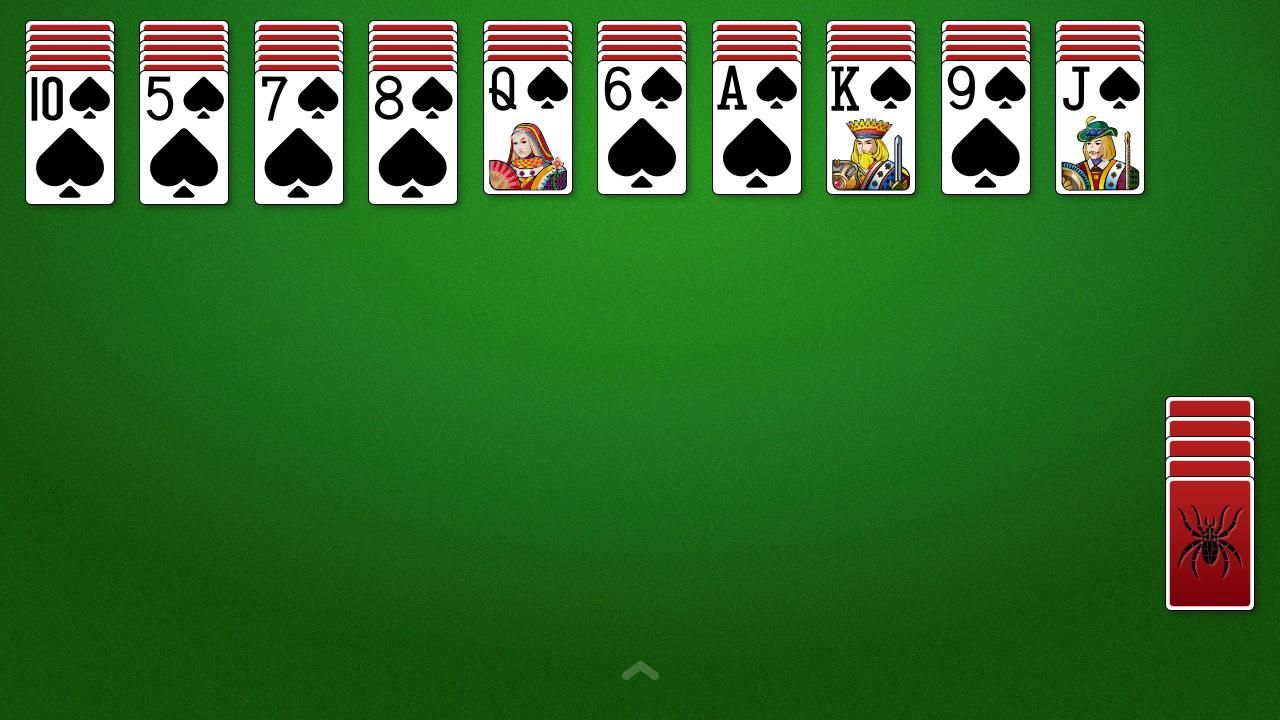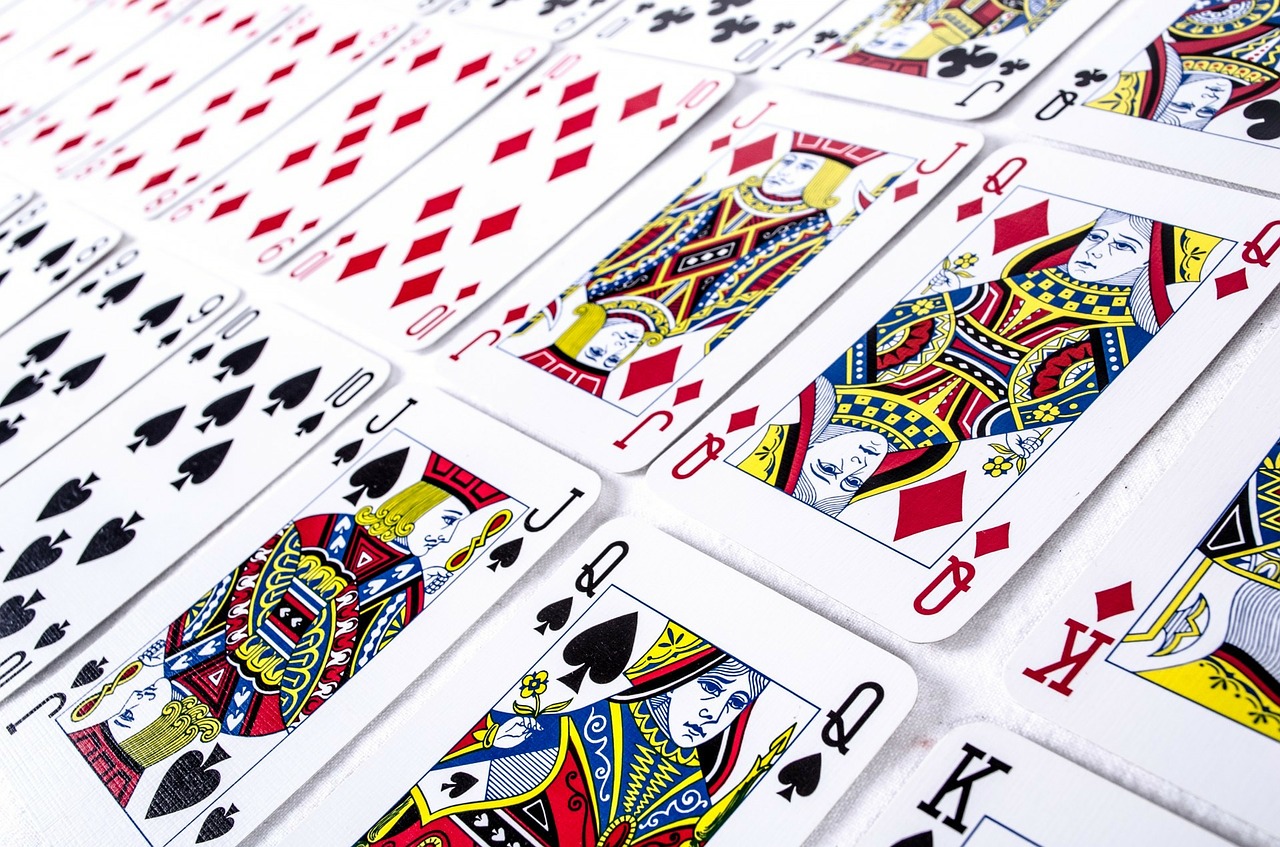Playing card games is one of the oldest forms of entertainment. Invented by the Chinese, the first reference to card games came from the 9th-century text that describes Princess Tongchang playing the “leaf game” in 868 A.D. Nowadays there are upwards of 5,000 different card games, and one of the best-known card games is Solitaire, which has a few variations. In this article, we will focus on Solitaire Spider.
What is Solitaire Spider?
Solitaire is a single player card game in which the player uses two 52 card decks and orders all the cards in descending sequences from King to Ace in the same suit. Once a sequence is completed, then the whole sequence will be removed from the table. Once the table is completely empty, the game has been won.
History of Solitaire Spider
The history of Solitaire Spider, named so for its eight foundation decks, begins in the 18th century. It was known by several names then, most notably the British called it Game of Patience because to beat a game of Solitaire Spider it takes great patience. To this day we still categorize these styles of card games as “patience games.”
It is believed that this version of solitaire was invented by either prisoner held in the French Royal Prisons, or by an aristocrat during his imprisonment in France. Many believe this to be true because several of the terms used in solitaire come from French, and books that were written about the game at the time were in French.
Interestingly, what we now know as a game used to be a way of fortune telling for Germanic and Scandinavian cultures.
People believed someone’s fate could change often, so it would be better to hold off on important decisions if fortune wasn’t on your side. They used solitaire to determine this by deeming that if a game of was lost a few times in a row, this was a warning from Fortuna, the goddess of fortune. However, if you won on the first turn, you could expect a lot of good fortune.
Solitaire became known as a competitive card game which required patience, problem-solving skills, and intelligence, and was incredibly popular in France and England. So popular that Napoleon Bonaparte allegedly played this game during his exile on St. Helena, and it is said that English Prince Albert was very skilled at the game.
Solitaire Spider and technology collided when Microsoft released Windows 98 in 1995 and Solitaire Spider was one of the games included in the expansion pack. Every version of Windows from then on has had this version of Solitaire included on it.
[amazon bestseller=”playing cards” items=”2″]
Terminology

Layout
The layout is made of the “tableau,” an array of cards and the stock cards. It also includes the area reserved for foundations.
Tableau
The distinctive arrangement of cards that determines the type of solitaire game. In Spider, the tableau consists of 10 piles of cards from which the player begins the game.
Foundations
The row above the tableau in which the cards are arranged in ascending or descending order following the suit.
Sequence
A stack of cards of the same suit arranged in descending order.
Stock
It is a pile of cards kept as a backup after the tableau is set.
Building
the process of arranging stacks of cards on the foundation in order to free up cards from the tableau to make them available for the player.
Available Cards
Cards that are not blocked by other cards or made completely visible.
Released Cards
Cards which are available to play by the removal of blocked cards.
Suitable Cards
Cards that can be moved or placed in the tableau.
Foundation Cards
These are the Ace and the Kings on which the stacks are formed.
Marriage
The placement of cards on the same suit either below or above it in value.
Successive Cards
The regular succession in ascending or descending orders following the order from Ace to King or from King to Ace
Suit
Refers to Hearts, Spades, Clubs or Diamonds.
Lane
Refers to the empty space in the tableau after the removal of an entire row of cards.
How To Play
Valid Moves
Cards can be moved onto a card that is one higher in rank even if it is a different suit. (Even though you can move cards onto other cards in a different suit, the aim of the game is to create sequences in the same suit, so a sequence will only be removed from the table if it’s all in the same suit.)
You can move multiple cards together if they are all part of a sequence in the same suit. For example, if you have a Queen of clubs, jack of clubs, 10 of clubs, and a 9 of clubs, then you can move them all together onto a King of any suit. However, if you have Queen of clubs, Jack of hearts, and 10 of diamonds, then you can’t move them all together.
If a tableau space is empty, then any card or partial sequence is allowed to be moved onto it.
A full sequence is the only thing on the tableau that can be removed. For example, a tableau might have three facedown cards, and then a full sequence from King to Ace in the same suit and then the sequence would be removed, and the three facedown cards would remain.
Setup

Image Source: www.pinterest.ph/
Thoroughly shuffle two packs of playing cards together. Then make 10 columns of face-down cards with 4 cards in each column. After this add 1 face-down card to the 4 leftmost columns. Finally, 1 face-up card is dealt to finish each column. This is the tableau. The rest of the cards are placed face down to form the stock.
Spider can be played with one suit, two suits, or four suits. In one suit spider, all the cards are Spades which makes it the easiest of the variations. Two suit spider is played with Spades and Hearts. Four suit spider is the original, using all four suits from two complete decks of cards. It’s very difficult and requires a lot of strategy and patience.
Gameplay
Your goal is to build cards of the same suit in descending order (a sequence) from King to Ace within the tableau. When a sequence is complete, it is then moved to one of the eight foundations. When all the cards are played and made into eight separate foundation piles, then the game is won. Begin by making all possible moves on the tableau.
Once there are no moves available you may add cards from the stock. (Be aware that if there are any empty spots on the tableau, no cards can be added from the stock. The empty space must be filled even if an existing sequence has to be broken up.)
When adding a card from the stock, one card will be added to each column on the tableau. Then make all possible moves available with the new cards and continue like this until there are no more possible moves or all the foundations are filled, and the game is won.
Scoring
Positive points
520 Points (max = 4160) – Transferring a sequence to the foundations (One Suit)780 Points (max = 6240) – Transferring a sequence to the foundations (Two Suits)1040 Points (max = 8320) – Transferring a sequence to the foundations (Four Suits)150 Points (max = 6600) – Turning over a face-down card
Negative Points (Computer Version)
1 Point – Every second of elapsed100 Points – Every time Undo is used -50 Points – Every use of the Show Move (One Suit)100 Points -Every use of the Show Move (Two Suits200 Points -Every use of the Show Move (Four Suits)
Scoring Tips
- You can increase your score by playing the game with more difficult rules.
- Build sequences of cards by following suits.
- Try to expose hidden cards whenever possible.
- Play cards from columns which have fewer cards, so you can easily empty the column.
- Build on higher cards first to get more moves.
- Get as many cards exposed and arranged in suit order as possible before dealing the next 10 cards from the stock.
- It is better to pair cards which have more cards buried under them.
- Re-stack columns to be in their suit before filling in more cards, this will help you clean up your activity and ease movement.
- Use empty tableau spots as temporary storage while you’re building sequences.
CONCLUSION
Solitaire Spider is a difficult but rewarding game. It combines strategy, relying on intuition (because players must anticipate what cards may be covered and which are the best to expose at what time), and patience.
If you’re a novice at the game start out with playing one suit Solitaire Spider. This will allow you to learn the game and strategies without becoming overwhelming. As you become accustomed to the game and how it works, you can up the difficulty by playing the two or four suit versions.

